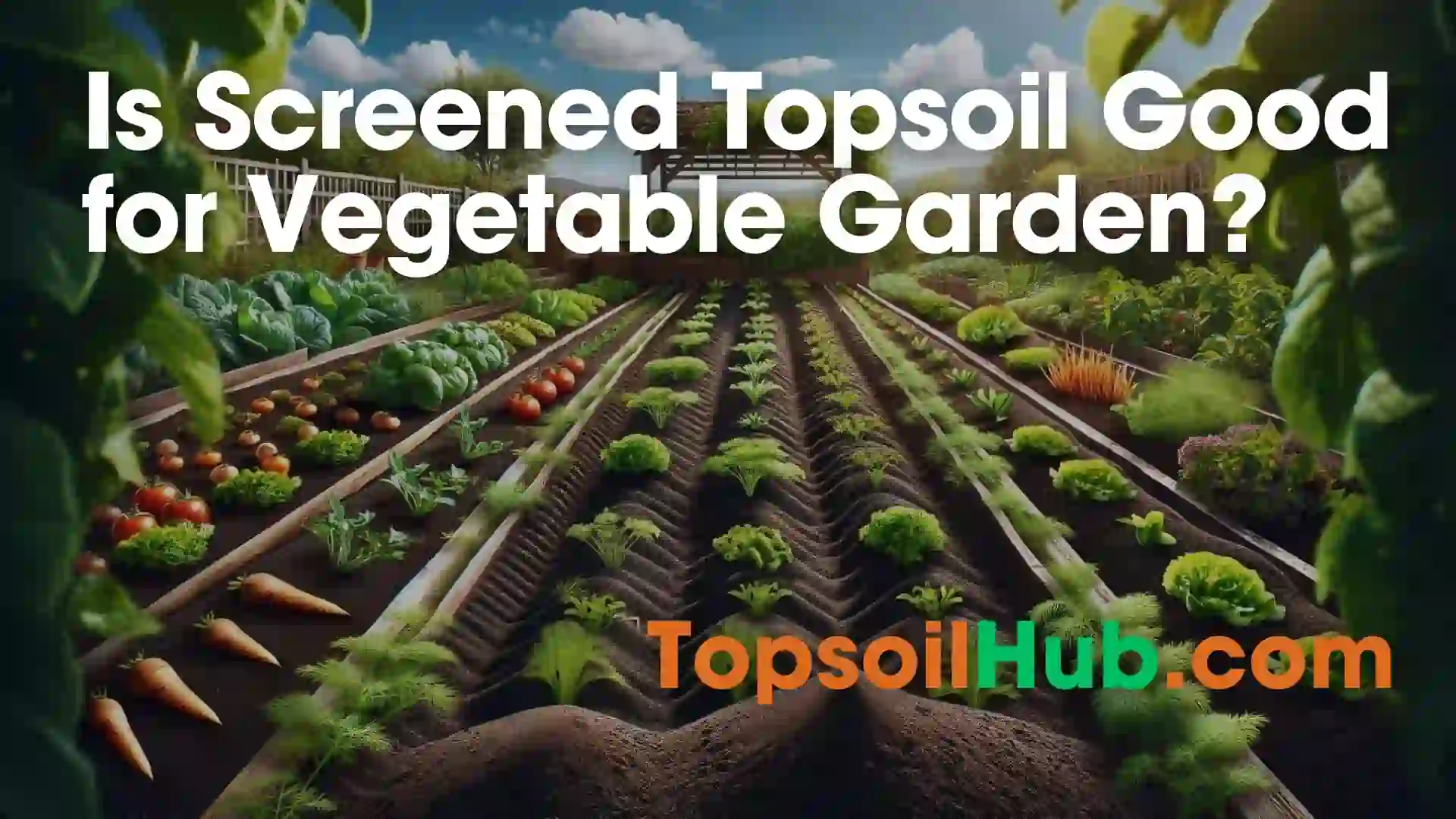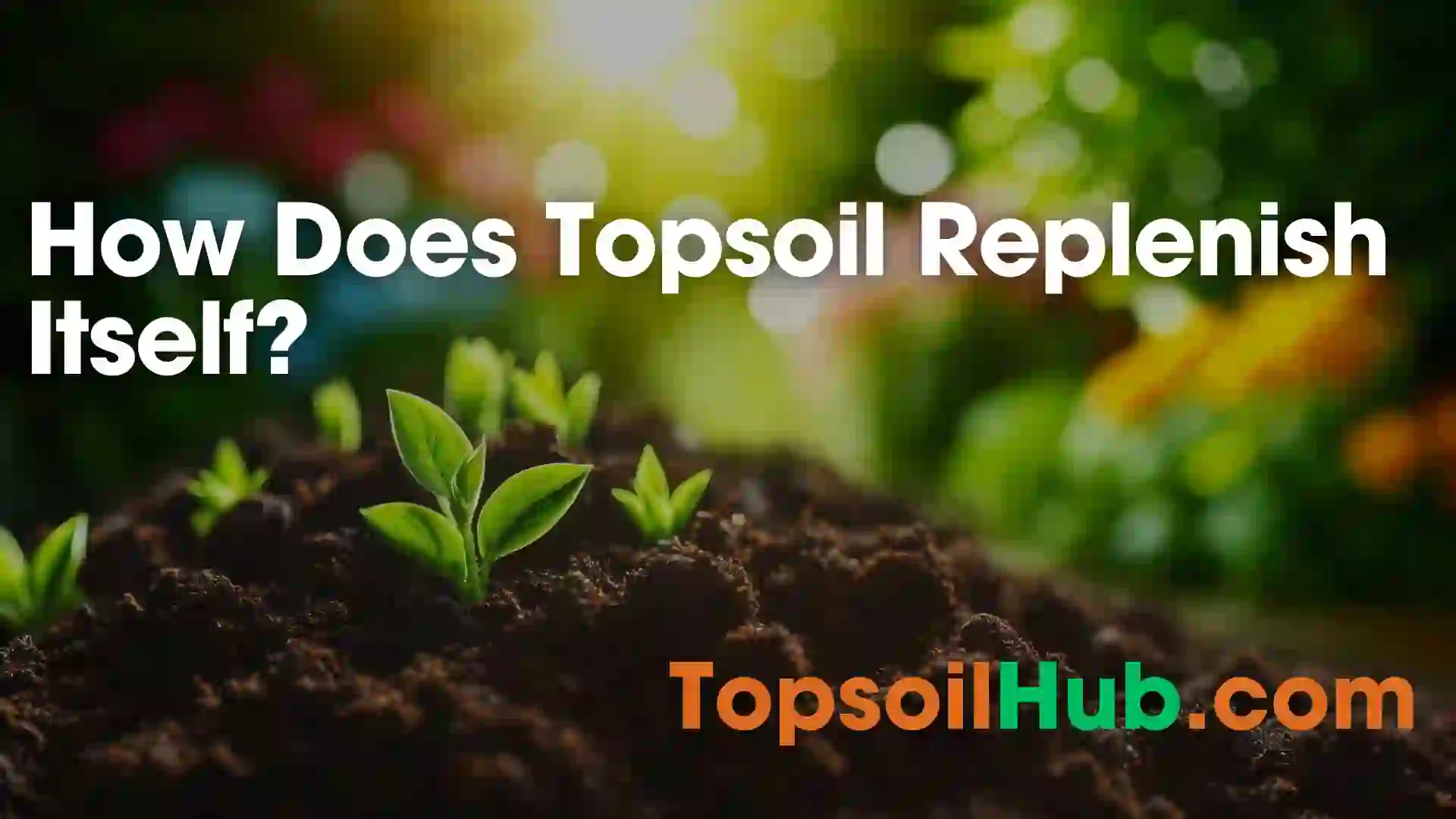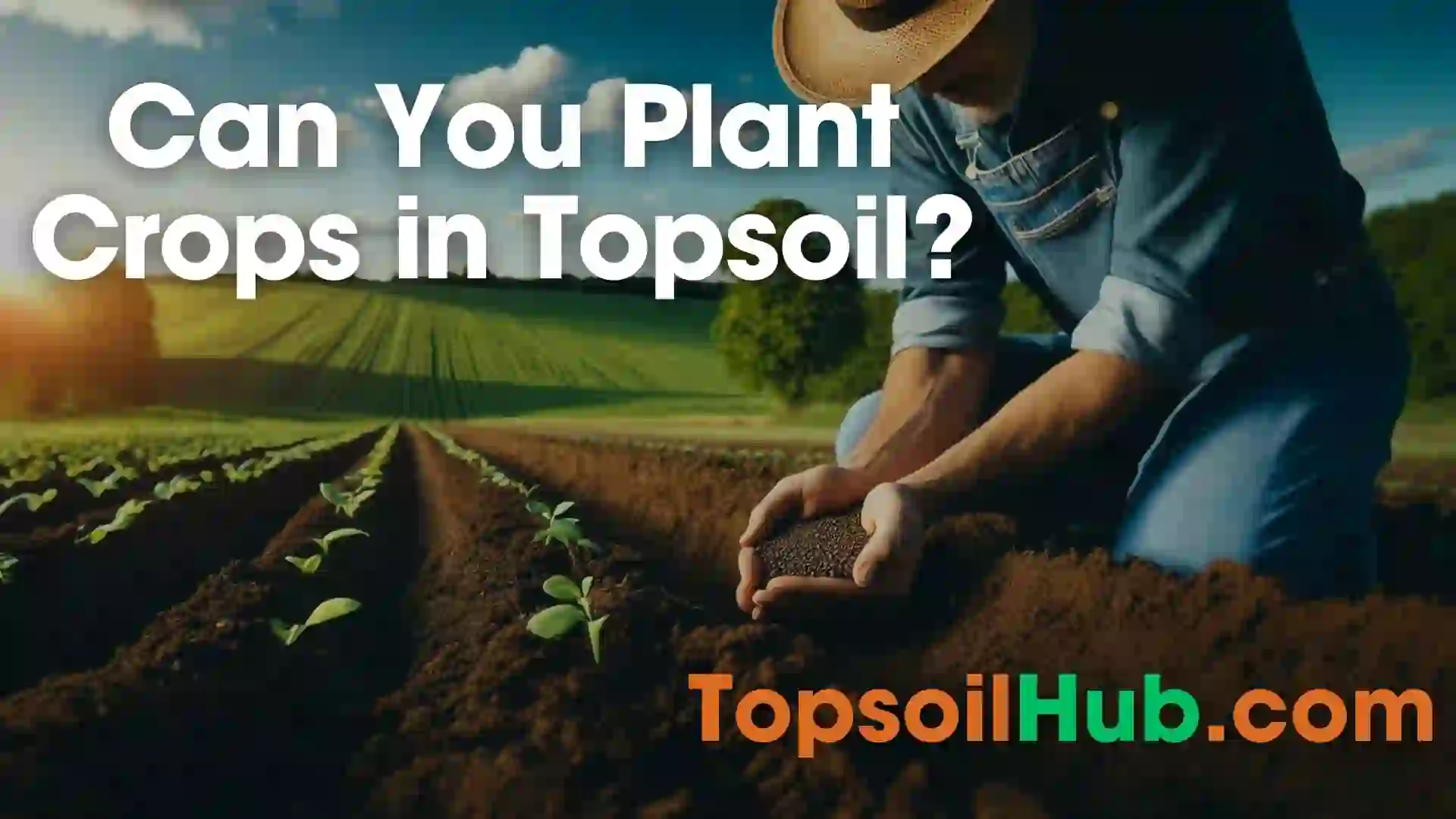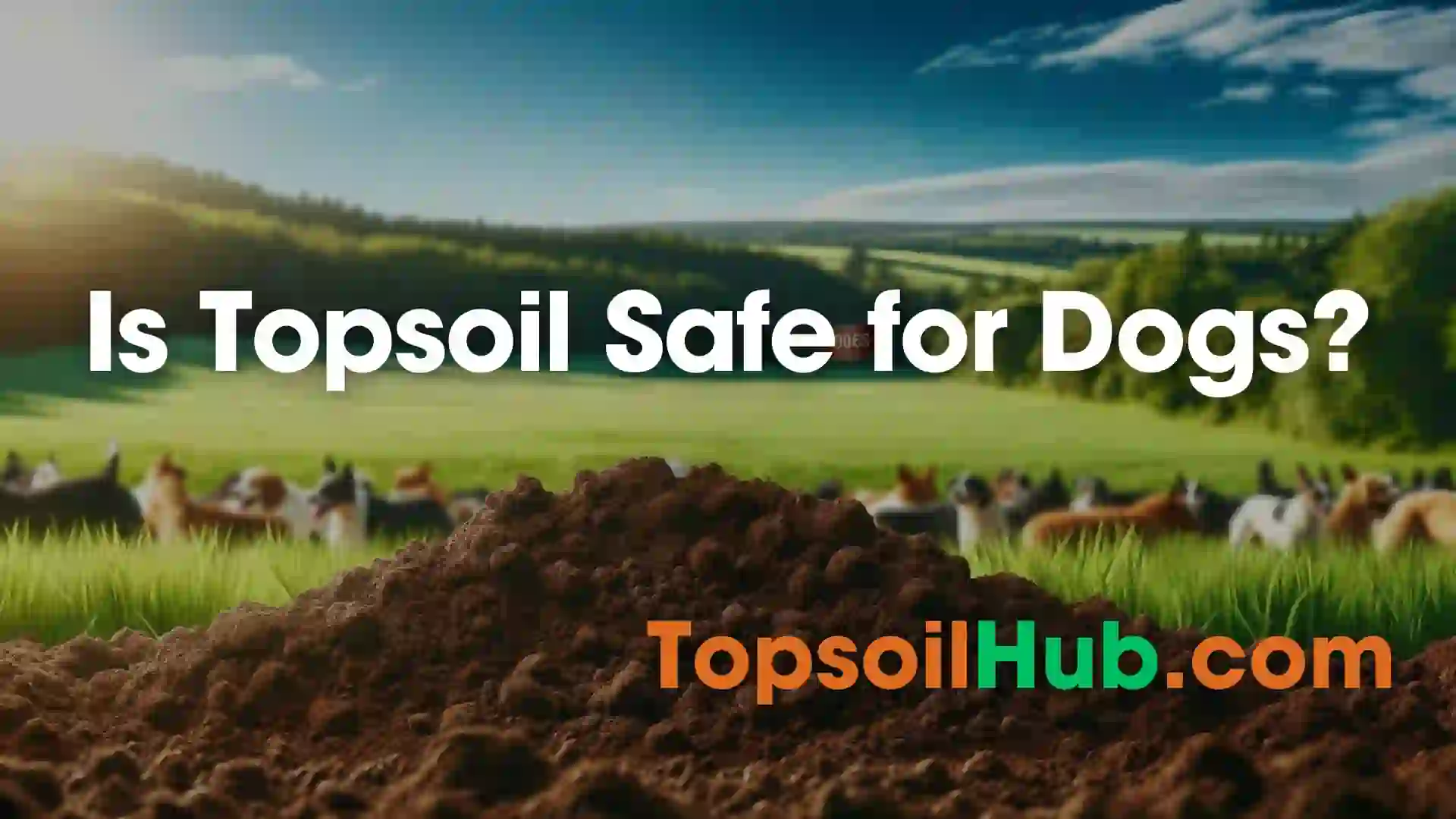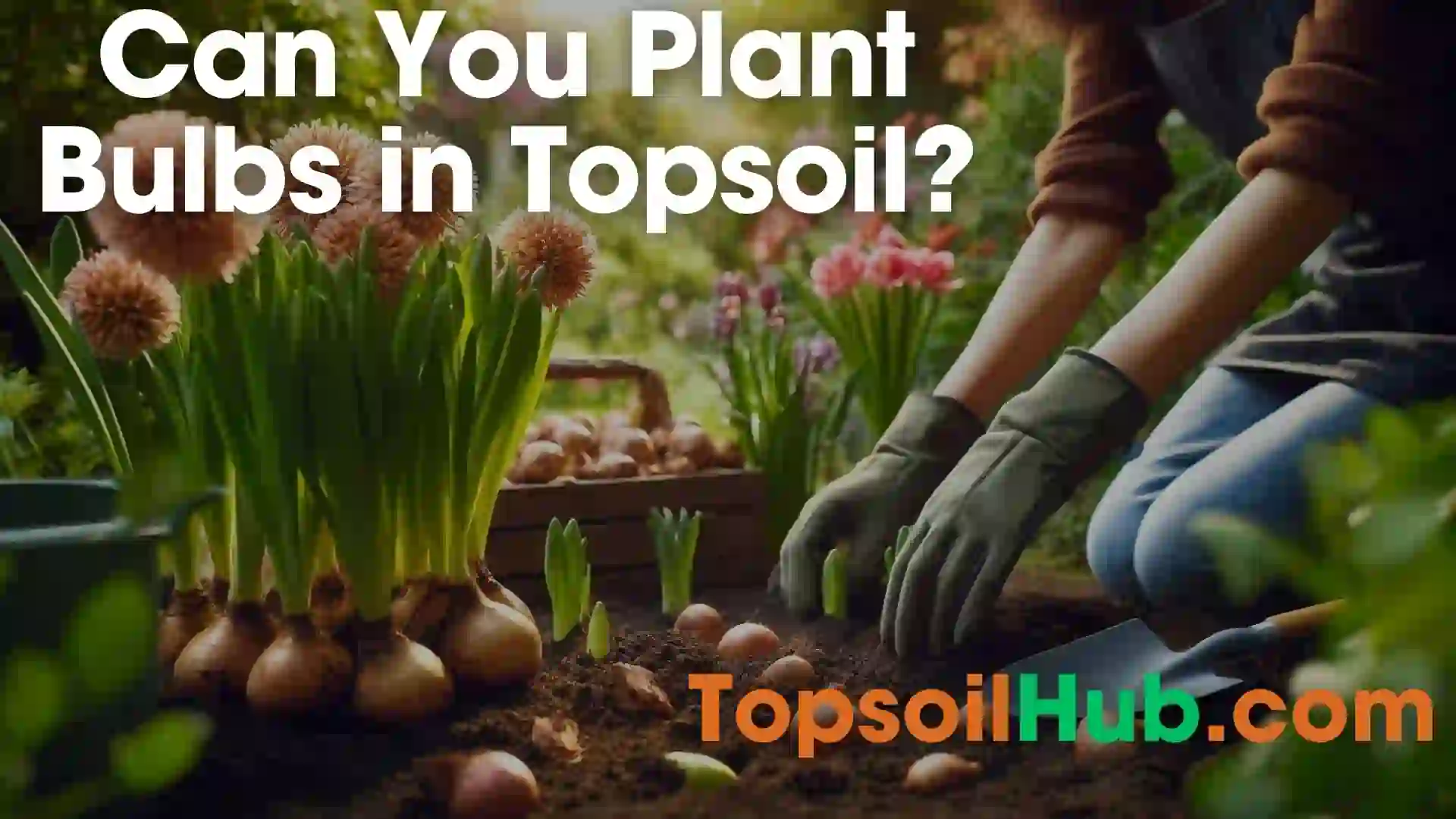Is Screened Topsoil Good for Vegetable Garden?
If you’re like most gardeners, you know how frustrating it can be to deal with poor soil quality in your vegetable garden. You spend hours tilling, weeding, and fertilizing, but your plants still struggle to grow and produce. You wonder if there’s a better way to improve your soil and get the results you want. Well, there is. It’s called screened topsoil, and it’s the secret ingredient for a successful vegetable garden.
This post will answer the question, “Is screened topsoil good for vegetable garden?” and help you understand how screened topsoil can benefit your plants, where to find it, and how to use it.
Screening is the process of sifting the soil through a mesh to remove rocks, sticks, clumps, and other debris that are larger than the screen size. Screened topsoil is the top layer of soil that has been screened to have a finer and more uniform texture.
Is Screened Topsoil Good for Vegetable Garden?
Yes, Screened topsoil is a great choice for growing vegetables in a garden. It provides more aeration and drainage than regular topsoil, as well as added nutrient value when combined with other soil types. It does come with a price tag, but it may be worth it for the added benefit to the vegetable garden.
Screened topsoil is good to use for making a base for a flower or vegetable garden, filling lawn areas, or planting trees or shrubs. Screened topsoil is usually suggested for working in areas that will be filled to 1 inch or more. Screened topsoil can be laid on top of the unscreened layer. It can be mixed with compost, manure, or peat to enrich the soil even more.
How to Use Screened Topsoil in Your Vegetable Garden?
Screened topsoil can be used in different ways in your vegetable garden, depending on your soil type and plant needs.
Here are some common ways to use screened topsoil:
- Mix screened topsoil with other materials to improve its quality and diversity. You can add compost, manure, peat moss, vermiculite, or other organic matter to enrich the soil with nutrients and organic matter. You can also add sand or gravel to improve drainage and loosen the soil.
- Apply screened topsoil as a top layer over unscreened topsoil or poor soil. Screened topsoil is usually suggested for working in areas that will be filled to one inch or more. You can lay screened topsoil over unscreened topsoil or poor soil to create a transition layer that will stabilize the soil, improve drainage, and promote better plant growth.
- Use screened topsoil as a potting mix for container gardening. Screened topsoil can be used as a base for potting mix, as it provides good drainage and aeration for the roots. You can add other ingredients, such as perlite, coco coir, or fertilizer, to adjust the moisture retention and nutrient content of the mix.
What are the Benefits of Screened Topsoil for Your Vegetable Garden?
Screened topsoil has many benefits for vegetable gardening, such as:
1 . It improves drainage and prevents waterlogging.
Screened topsoil has a finer texture than regular topsoil, which means it allows water to drain faster and prevents excess moisture from accumulating in the soil. This reduces the risk of root rot and fungal diseases that can harm your plants.
2. It allows better air circulation and oxygen supply to the roots.
Screened topsoil also has more air space than regular topsoil, which means it allows more oxygen to reach the roots of your plants. This enhances their growth and health, as oxygen is essential for plant respiration and nutrient uptake.
3. It facilitates the flow of nutrients and water to the roots.
Screened topsoil has a more uniform texture than regular topsoil, which means it distributes nutrients and water more evenly throughout the soil. This improves plant quality and yield, as your plants get access to the essential elements they need for photosynthesis and development.
4. It makes planting and weeding easier.
Screened topsoil has fewer rocks, sticks, clumps, and other debris than regular topsoil, which means it creates a smooth and level surface for your garden bed. This makes it easier for you to plant seeds or seedlings in the soil, as well as weed out any unwanted plants that may compete with your crops.
5. It creates a beautiful appearance for your garden.
Screened topsoil has a dark brown color that contrasts nicely with the green foliage of your plants. It also gives your garden a neat and tidy look that enhances its aesthetic appeal.
Where to Find Screened Topsoil?
Screened topsoil can be found at your local garden center, nursery, or online store. You can also make your own screened topsoil by using a soil sifter or a wire mesh. Either way, you won’t regret it. Screened topsoil will transform your vegetable garden and make you a proud and happy gardener.
Conclusion
In conclusion, screened topsoil is an excellent choice for creating a thriving vegetable garden. As explained, screening removes rocks, debris, and clumps to create a smooth, nutrient-rich base layer of topsoil perfect for planting. The finer texture improves drainage and air circulation while evenly distributing moisture and nutrients to plant roots. This prevents diseases, enhances growth, and creates an aesthetically pleasing garden.
The benefits are that – screened topsoil facilitates planting and weeding while giving vegetables the ideal growing environment. It’s easy to find at local stores or make yourself with a soil sifter. If you want healthy, productive plants in a beautiful garden, screened topsoil is the simple secret. This post has shown why screened topsoil is highly recommended for any vegetable plot.
If you want to take your vegetable garden to the next level, you need to get screened topsoil today. You can find screened topsoil at your local garden center, nursery, or online store. Or you can make your own screened topsoil by using a soil sifter or a wire mesh.
So what are you waiting for? Get screened topsoil now and start enjoying the fruits of your labor.

